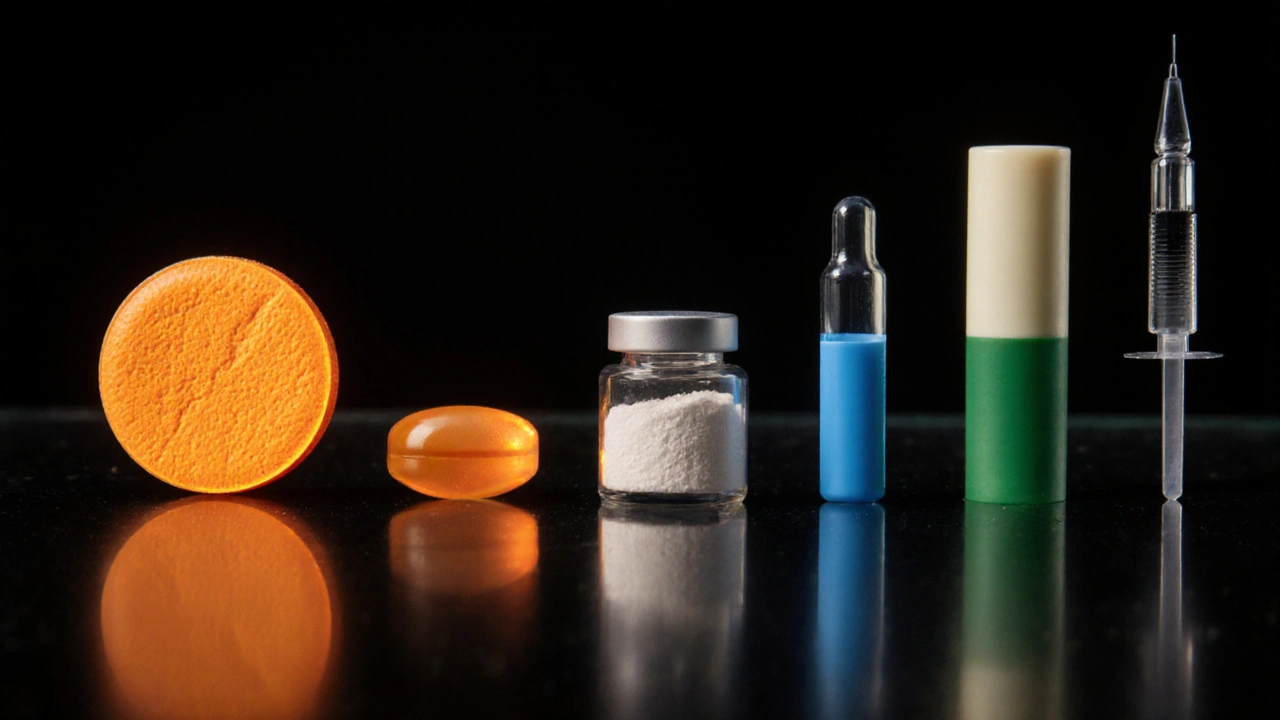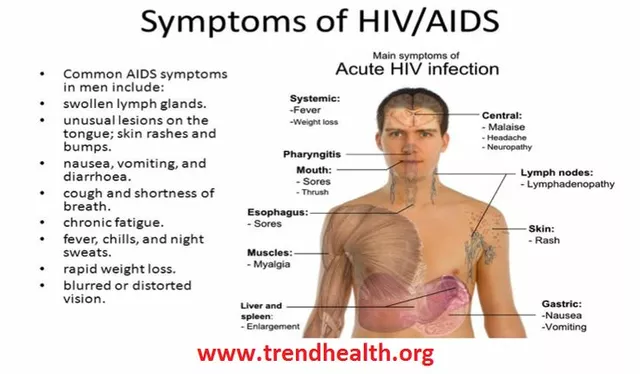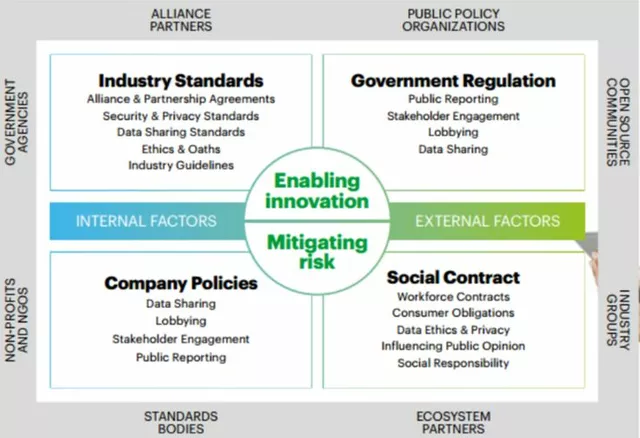Corticosteroid Potency & Side Effects Comparison Tool
Steroid Comparison Details
Potency:
Half-Life:
Typical Uses:
Side Effects
Cost Estimate
Recommended Steroid Based on Condition
When a doctor prescribes Decadron (Dexamethasone), most patients wonder if there’s a better fit for their condition. The short answer: it depends on the disease, how fast you need relief, and how much risk you’re willing to accept. Below you’ll find a step‑by‑step guide that breaks down the most common alternatives, how they stack up on potency, duration, side‑effects, and price, and which situations call for each drug.
Key Takeaways
- Decadron is a high‑potency, long‑acting glucocorticoid ideal for acute inflammation and cancer‑related swelling.
- Prednisone offers moderate potency with a shorter half‑life, making it a go‑to for chronic autoimmune disorders.
- Hydrocortisone mimics natural cortisol, useful for adrenal insufficiency but weak for severe inflammation.
- Methylprednisolone provides a balance between potency and duration, often preferred for CNS inflammation.
- Betamethasone and Triamcinolone are niche options for dermatologic and obstetric applications.
What Is Decadron (Dexamethasone)?
Dexamethasone is a synthetic glucocorticoid that binds strongly to intracellular glucocorticoid receptors, shutting down inflammatory gene transcription. FDA approval dates back to 1958, and the drug is available as oral tablets, injectable solutions, and ophthalmic drops. Because of its high receptor affinity, a 0.5mg dose of dexamethasone exerts a similar anti‑inflammatory effect as roughly 5mg of prednisone - that’s a ten‑fold potency difference.
Why Look at Alternatives?
Even a mighty steroid like Decadron isn’t perfect. Its long half‑life (36‑72hours) means the drug lingers, raising the chance of side‑effects such as blood‑sugar spikes, mood swings, and bone loss. When treatment plans require rapid tapering, or when a patient has contraindications (e.g., uncontrolled diabetes), clinicians often switch to a shorter‑acting or less potent agent.

Common Corticosteroid Alternatives
Below are the six most frequently considered substitutes. Each entry includes a brief definition using schema markup, key attributes, and typical clinical uses.
- Prednisone: A medium‑potency oral glucocorticoid with a half‑life of 12‑36hours. Commonly used for rheumatoid arthritis, lupus, and asthma exacerbations.
- Hydrocortisone: The synthetic equivalent of natural cortisol, low potency, half‑life 8‑12hours. Indicated for adrenal insufficiency and mild skin inflammation.
- Methylprednisolone: Intermediate‑potency, half‑life 18‑36hours, available as oral tablets and IV/IM injections. Preferred for multiple sclerosis relapses and spinal cord injuries.
- Betamethasone: Very potent, long‑acting (similar to dexamethasone) but often formulated for dermatologic or obstetric use (e.g., fetal lung maturation).
- Triamcinolone: Medium‑potency injectable or topical steroid, half‑life 36‑48hours. Frequently used for joint injections and keloid scar reduction.
- Cortisone acetate: Low‑potency pro‑drug converted to hydrocortisone in the liver; used for chronic low‑grade inflammation.
Decision Criteria for Choosing a Steroid
- Potency needed - How aggressive is the inflammation?
- Desired duration - Do you need a short burst or a long‑acting effect?
- Route of administration - Oral, IV, injection, topical, or ocular?
- Side‑effect tolerance - Patient’s comorbidities (diabetes, osteoporosis, psychiatric history).
- Cost & insurance coverage - Generic options vs. brand name.
Side‑Effect Profile at a Glance
| Drug | Potency (relative to prednisone) | Common Acute Side‑Effects | Long‑Term Risks | Typical Cost (US, per 30‑day supply) |
|---|---|---|---|---|
| Decadron (Dexamethasone) | 10× | Hyperglycemia, insomnia, mood swings | Osteoporosis, cataracts, adrenal suppression | $15‑$25 (generic) |
| Prednisone | 1× (reference) | Weight gain, fluid retention | Bone loss, hypertension | $8‑$12 (generic) |
| Hydrocortisone | 0.25× | Skin thinning (topical), salt retention | Minimal when short‑term | $5‑$9 |
| Methylprednisolone | 4× | Elevated blood pressure, mood changes | Glucose intolerance, cataracts | $10‑$18 |
| Betamethasone | 9× | Local skin irritation (topical), fetal growth impact (prenatal) | Similar to dexamethasone long‑term | $20‑$30 |
| Triamcinolone | 3× | Injection site pain, localized fat atrophy | Rare systemic effects if used sparingly | $12‑$22 |
When Decadron Is the Right Choice
Decadron shines in scenarios where you need a rapid, high‑impact anti‑inflammatory punch that lasts days without frequent dosing. Typical examples include:
- Cerebral edema from brain tumors - the drug’s ability to cross the blood‑brain barrier is crucial.
- Severe allergic reactions (e.g., anaphylaxis adjunct therapy) - a single IV dose can buy time while epinephrine works.
- Pre‑operative anti‑emetic regimens - dexamethasone reduces postoperative nausea and vomiting.
- COVID‑19 patients requiring oxygen support - the RECOVERY trial showed mortality benefit with low‑dose dexamethasone.

When an Alternative Beats Decadron
If a patient has any of the following, clinicians usually pivot to a different steroid:
- Long‑term therapy needed - a shorter‑acting agent like prednisone lets you taper more safely.
- Active diabetes - hydrocortisone’s milder glucocorticoid effect eases glucose control.
- Pregnancy - betamethasone is the preferred drug for fetal lung maturation; dexamethasone is acceptable but not first‑line.
- Localized joint pain - intra‑articular triamcinolone provides high local concentration without systemic exposure.
Cost & Insurance Snapshot (2025 US)
Even though most steroids are off‑patent, price gaps exist due to formulation and brand perception. Generic dexamethasone tablets typically sit around $15 for a 30‑day course, while a 30‑day supply of generic prednisone costs $8‑$12. Injectable forms of methylprednisolone and betamethasone are pricier ($20‑$30) because of sterile packaging requirements. Patients should verify formulary status; many plans place prednisone in Tier1, whereas dexamethasone may be Tier2.
Practical Tips for Patients Switching Steroids
- Never stop a steroid abruptly; always taper under medical guidance.
- Track blood‑sugar, blood pressure, and mood changes during the first two weeks of any new steroid.
- Ask your pharmacist about calcium‑vitaminD supplements to mitigate bone loss.
- If you’re on a high‑potency drug like Decadron, schedule a bone‑density scan after six months of therapy.
- Keep a medication diary - note dose, time, and any side‑effects; this speeds up dosage adjustments.
Frequently Asked Questions
Is Decadron stronger than prednisone?
Yes. Dexamethasone (Decadron) is roughly ten times more potent than prednisone on a milligram‑for‑milligram basis.
Can I take Decadron for a week and then switch to prednisone?
A short “bridge” is common. Physicians usually taper the dexamethasone dose over 2‑3 days, then start an equivalent prednisone regimen, but the exact schedule must be personalized.
What are the main side‑effects to watch for with Decadron?
Acute issues include high blood sugar, insomnia, and mood swings. Long‑term exposure can lead to osteoporosis, cataracts, and suppressed adrenal function.
Is hydrocortisone a good alternative for diabetes patients?
Because hydrocortisone mimics natural cortisol and is less potent, it usually causes smaller spikes in blood glucose, making it a safer choice for diabetic patients needing short‑term steroid coverage.
How does cost differ between Decadron and its alternatives?
Generic Decadron tablets cost about $15‑$25 per month, while generic prednisone is $8‑$12. Injectable forms of methylprednisolone and betamethasone can run $20‑$30 due to packaging.
Choosing the right steroid is a balance of potency, duration, side‑effect tolerance, and cost. By weighing these factors against the patient’s specific condition, you can decide whether Decadron stays on the shelf or an alternative takes its place.



Alright, let’s cut the fluff. This post tries to be a "detailed comparison" but ends up recycling the same bullet‑point parade you see on pharma brochures. The table’s fine, yet the author neglects to mention the nuanced impact of CYP‑450 interactions – a glaring omission for clinicians who actually prescribe these meds. Also, the cost section is wildly optimistic; insurance formularies can inflate prices threefold overnight. And hey, why is the side‑effect list for dexamethasone just a repeat of "hyperglycemia, insomnia" without noting the risk of psychosis at high doses? A more critical eye would flag these gaps.
Honestly, it reads like a marketing sheet, not a scholarly review. The writer needs to sharpen the focus, cite primary literature, and ditch the generic filler. Otherwise, this is just another yaw‑yawn‑inducing read.
They say "potency matters" but forget the American spirit of resilience – we can handle a little extra cortisol, right? Still, the piece could have used a stronger patriotism vibe, showing how our troops benefit from dexamethasone in the field. The facts are solid, but where's the proud, red‑white‑blue flair?
Nice chart! 😎
Great rundown! If you’re new to steroids, start with the table and note the half‑life differences – they’re key for tapering. Remember to pair any high‑potency steroid with calcium and vitamin D to protect bone health. Stay safe!
The comparison is accurate, though the phrasing "high‑potency" should be hyphenated consistently. Also, avoid using "etc."; list all relevant alternatives for completeness.
👍 This is super helpful! I love how the side‑effect section is laid out – makes it easy to discuss options with patients. Keep the inclusive tone, it really supports shared decision‑making. 😊